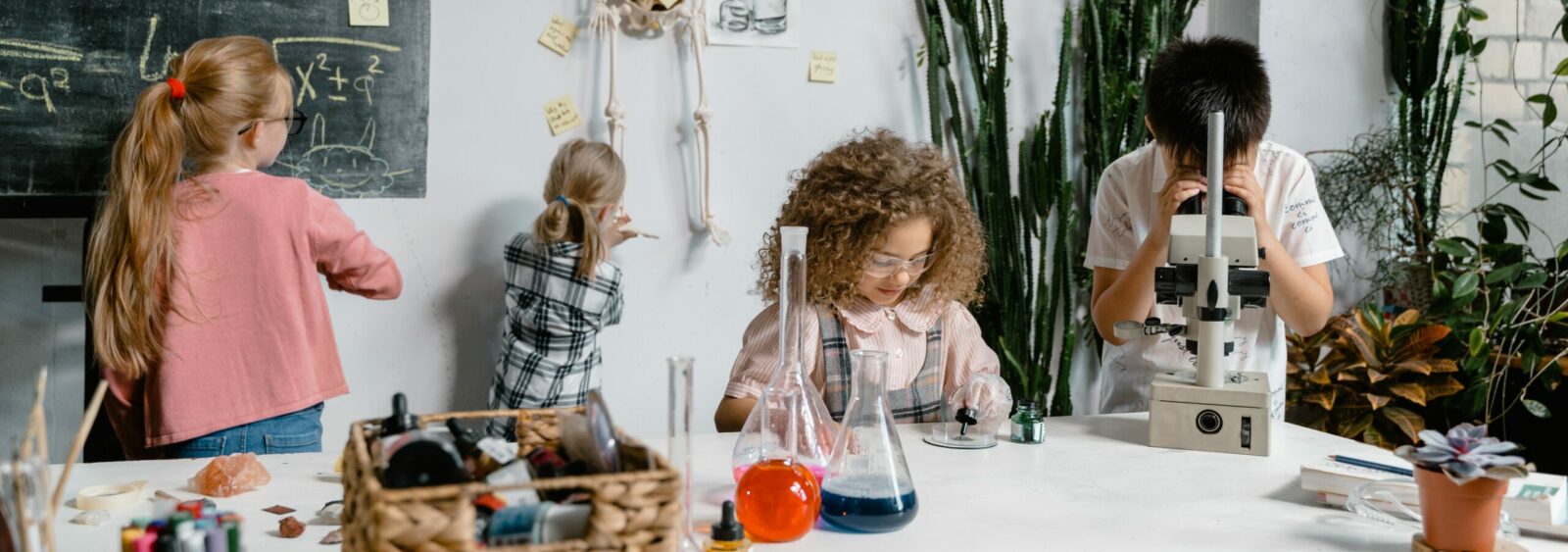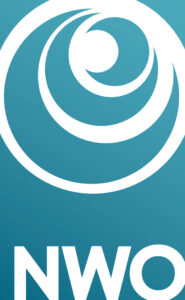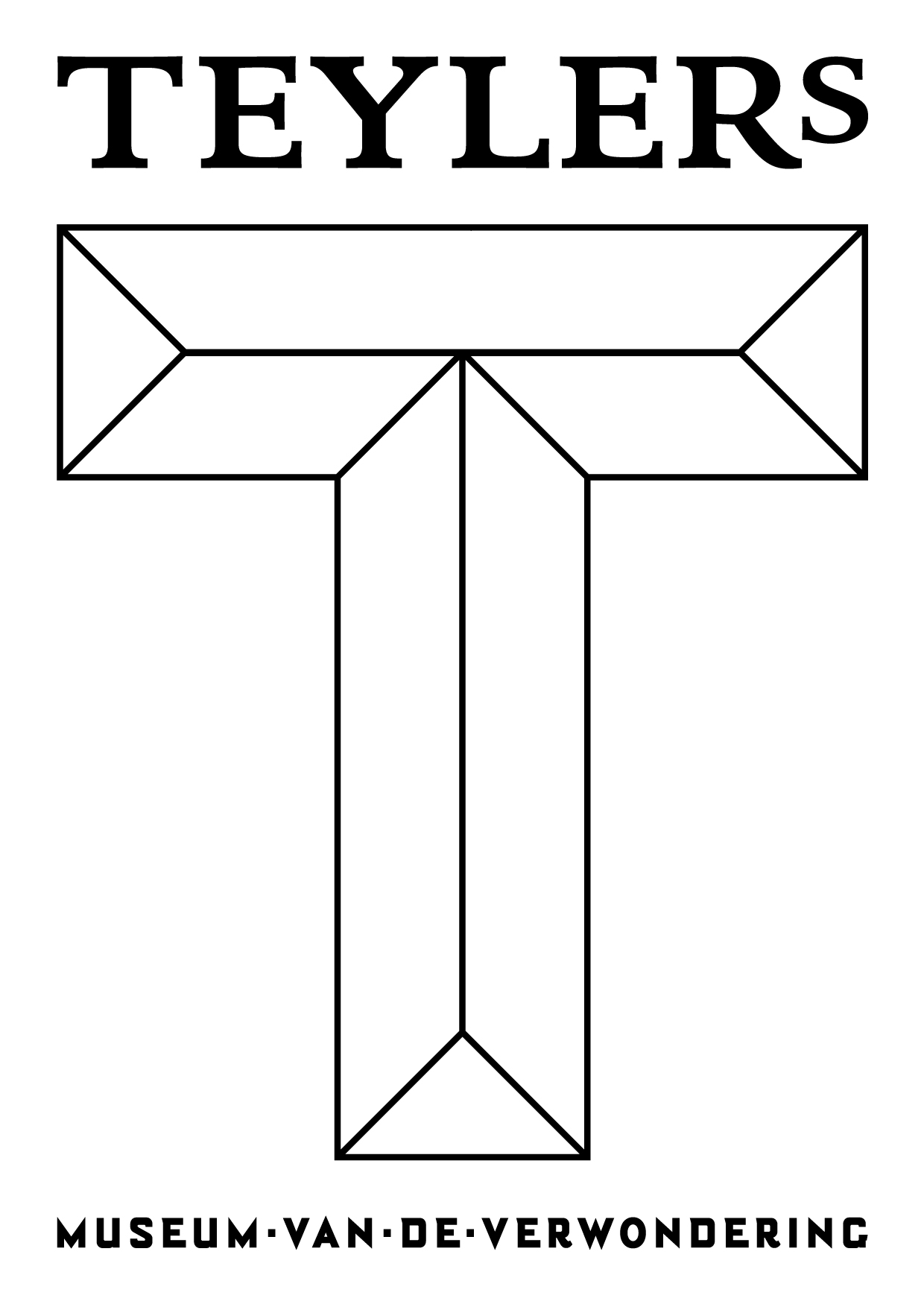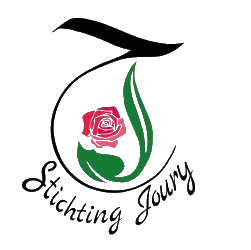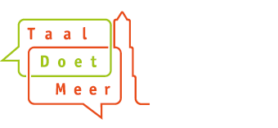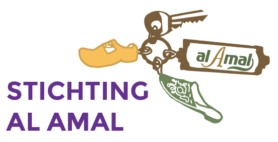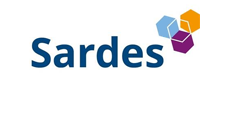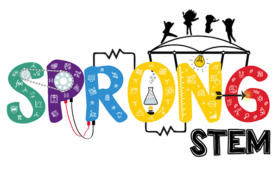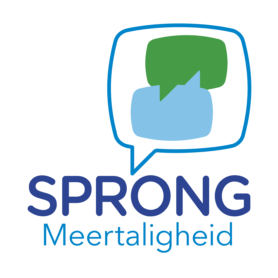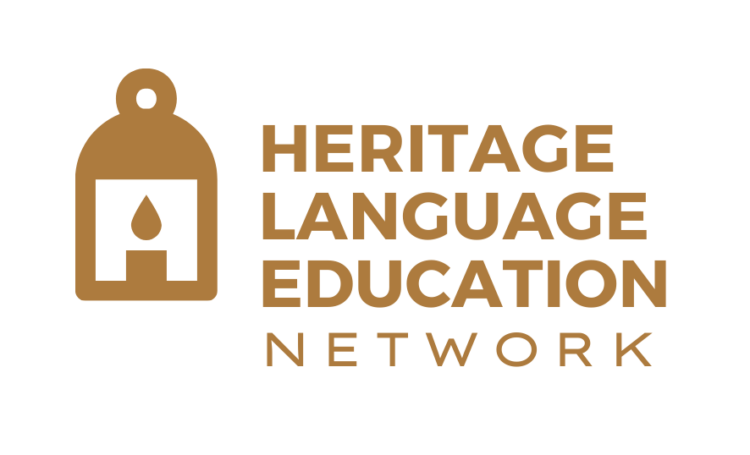Are two really better than one?
Last week, I had a meeting with parents and caregivers of multilingual students. I’m looking forward to spending a chunk of my time over the next few years brainstorming, developing, and testing out math activities with caregivers. We hope that these activities will be able to be conducted in a way that students can use their entire linguistic repertoires.
I started the meeting with a question: “what does your name mean? And which languages do you speak?” I forgot the meaning of my name (“peace”) in Dutch…luckily, we were able to figure it out together, with the help of some English and some Arabic.
The meeting was off to a great start —so good that I completely forgot to emphasize that everyone was welcome to use multiple languages during the math activity, as long as we brought the conversation back to Dutch each time. This was an important point to make… definitely for a first meeting where one of our goals was s to embrace and stimulate multilingualism.

After 10-15 minutes, we started the math activity. Reluctance quickly turned to enthusiasm—we found four different solutions relatively quickly! However, when I asked a second question, the room fell silent. After a minute or two, one woman spoke up and said (in Dutch) “I have an idea, but I don’t know the Dutch word”. The woman next to her said something in Berbers, and they went back and forth in conversation. After 20-30 seconds, one of them said, “the word is diagonal, that’s it”.
A few minutes later, it happened again! A conversation started in Dutch, went into Berbers, and then into Arabic, eventually returning to Dutch: “independent… no, I mean, self-confidence! That is the word!”
A third time…this time with the help of some Arabic and some English…”pattern! Yes, pattern!” Soon, multiple geometric terms came out of the woodwork…square, rectangle, triangle, all in Dutch.
The conversation lasted almost an hour. I can’t say for certain, but I’d venture to say that without help from multiple languages, it wouldn’t have been possible to have a conversation of such high quality—one where multiple ideas, solutions, and mathematical language were included. The necessary knowledge, creativity, and perseverance was present; we were merely missing some of the Dutch words. In the end, these words also became available to everyone—we just needed to take a bit of extra time to find them.
With the help of multiple languages, we can involve more individuals—and therefore more ideas and possible solutions. If two brains (or three, or seven) are better than one, why not two (or more) languages?
– Erin MacDonald | PhD researcher, subproject ‘Home’
Currently, this blog is only available in English and Dutch. To read it in another language we recommend using the translation tool DeepL.com
